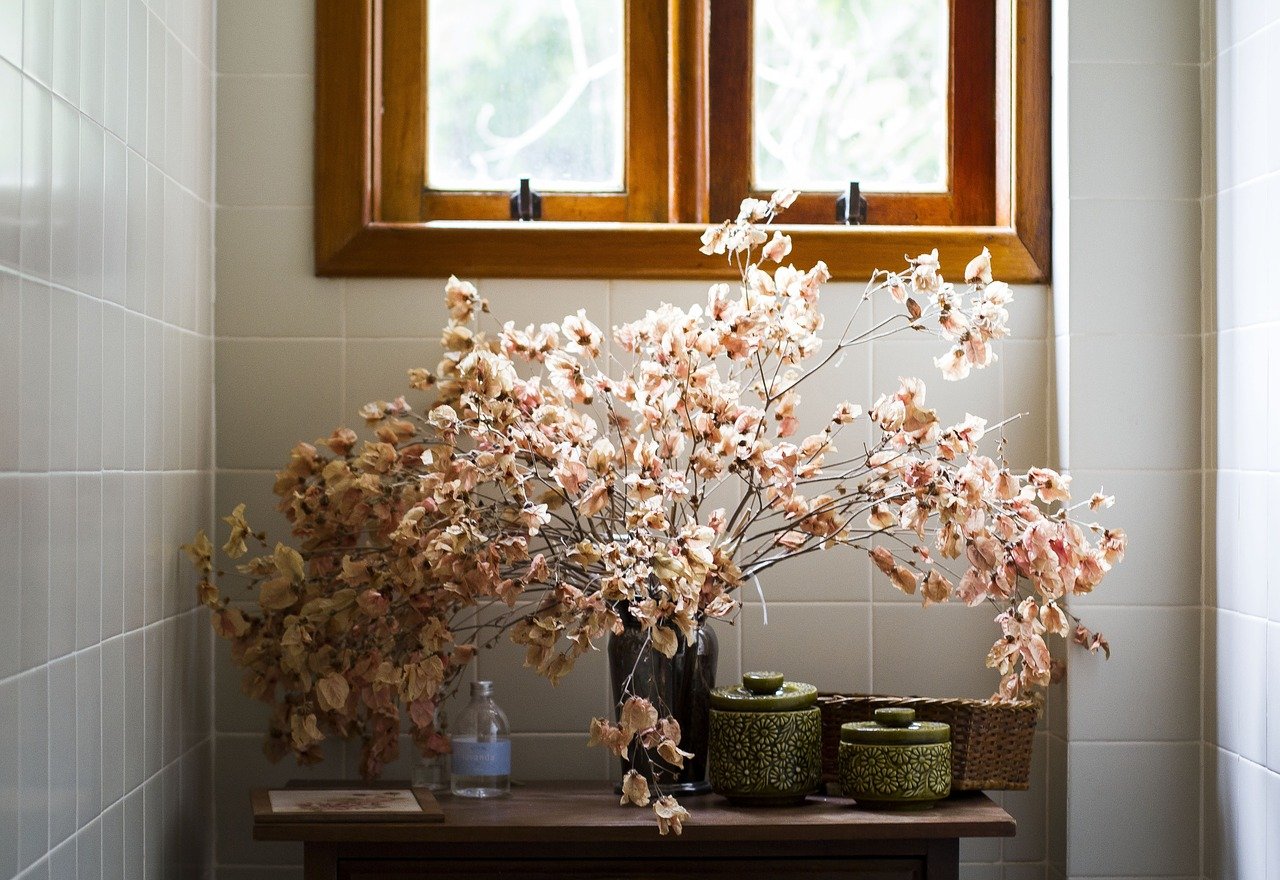Fall will soon be upon us. For many people, the autumn of the years is a favorite. The temperatures are mild and the scenery is awesome. For homeowners, this is a great time of the year to get outside to perform some maintenance before the cold and frost set in. However, there are also some indoor chores that need attending to if you want trouble free living during the colder months. Here are some home maintenance suggestions to keep your home operating in peak condition all winter long.

- Seal drafty windows and doors. This might surprise you but when you add up all of the gaps, cracks, and holes on the exterior of many homes it is the equivalent of having a window open during the fall and winter. Not only will weather stripping and caulking eliminate drafts, it helps save on energy bills. There are areas in your home that you may not have ever thought to caulk and seal. The most obvious are around door and window frames where a combination of weather stripping and caulking keeps the winter cold outside. Less often thought about are gaps around electrical outlets, phone lines, TV cables, and outdoor faucets. Seldom thought about are openings around drainpipes under the sinks in bathrooms and kitchens. Don’t forget around heating and/or cooling ducts that come through the interior walls as well.
- Seal the exterior. There are also several places you want to check and seal on the exterior of your home. These include the foundation and corners formed by siding. You should also consider caulking windows and doorframes from the exterior as well as the interior. Check basement windows for drafts, loose frames, or cracked panes.
- Inspect your roof. What you are looking for is minor damage such as missing, broken, cracked, or curling shingles, as well as bare spots where the granular coating has worn off. You can apply roofing cement that comes in easy to use caulking tubes to seal minor cracks and holes and glue down curled shingles. For bigger jobs, you may need to call in a professional. You’re best off making repairs as soon as these are found to prevent them from becoming much more expensive and dire during the winter. While you’re on the roof, check around the chimney for gaps around the flashing needing to be sealed. Same thing for drain/plumbing vents and anything else exiting your home through the roof.
- Perform heating system maintenance. There are many different types of heating systems out there. Check your owner’s manual for recommended maintenance. If you’re not comfortable doing much more than changing the filter, have your heating system checked by a licensed heating contractor at least every other year. Change the direction of your ceiling fan to create an upward draft that redistributes warm air from the ceiling.
- Clean the chimney and fireplace. This involves both exterior and interior maintenance. If you are comfortable working on the roof, you can purchase inexpensive chimney brushes to clean the soot and creosol that builds up inside. From the outside, also check, seal, and repair any loose brick mortar as needed. Masonry chimneys are capped with a mortar ‘crown’ to prevent water from getting behind the bricks alongside the flue and into the house. Sealing the chimney crown with crown sealer (a flexible elastomeric coating) is the best way to stop existing cracks from spreading and prevent new ones. You also want to apply a water repellent to the bricks and mortar. Inside your home, examine your Home Heating Stoves or fireplace insert’s door gasket for a tight seal. Also clean and inspect the glass door for cracks.
- Seal the air conditioner from the outside. This is another caulking task.
-
Clean and repair gutters.
- Test the sump pump. If you have a sump pump, it moves excess ground water away from your house to prevent it from getting into your basement, crawlspace, and foundation walls where it can cause mold and mildew. If enough water gets in, the basement could flood. There are two ways you can test sump pumps London. First, unplug the pump and then plug it in again. You should have two separate plugs. Unplug both of them. Then plug in just the one for the pump. Don’t run the pump without water for more than a few seconds. If the pump doesn’t turn on immediately, your pump needs to be repaired or replaced. If the pump works properly, don’t forget to reconnect the other plug. The second test is running water through the pump and plumbing. Add just enough water to raise the float until the pump kicks on. Just because the pump runs doesn’t mean it will actually work. Check to be sure the water is actually pumped out of the sump hole and into the drainpipe that takes it away from the house. That way, you’ll also know the drain plumbing isn’t plugged.
- Check winter tools and supplies. Check and perform any needed maintenance on snow removal equipment before the first flurry blows in. You’ll want to have shovels, roof rakes, snow blowers, and ice melt ready to go and where you can get to them. You may need to check your electric generator and put in a supply of fresh gasoline.
This not a comprehensive list. Your garden is going to need some attention. Make sure you drain garden hoses and insulate outside water pipes. Take time to look around for maintenance issues that are unique to your home and property. Maybe some tree branches need to be cut back from the roof line or a storm drain needs to be kept clear of the leafs that will soon be falling.
Please comment with your own maintenance tips, insights, experiences, and thoughts.
 Author bio: Brian Kline has been investing in real estate for more than 35 years and writing about real estate investing for seven years. He also draws upon 35 plus years of business experience including 12 years as a manager at Boeing Aircraft Company. Brian currently lives at Lake Cushman, Washington. A vacation destination, a few short miles from a national forest. In the Olympic Mountains with the Pacific Ocean a couple of miles in the opposite direction.
Author bio: Brian Kline has been investing in real estate for more than 35 years and writing about real estate investing for seven years. He also draws upon 35 plus years of business experience including 12 years as a manager at Boeing Aircraft Company. Brian currently lives at Lake Cushman, Washington. A vacation destination, a few short miles from a national forest. In the Olympic Mountains with the Pacific Ocean a couple of miles in the opposite direction.
Brian Kline has been investing in real estate for more than 30 years and writing about real estate investing for seven years with articles listed on Yahoo Finance, Benzinga, and uRBN. Brian is a regular contributor at Realty Biz News
Latest posts by Brian Kline
(see all)
 Author bio: Brian Kline has been investing in real estate for more than 35 years and writing about real estate investing for seven years. He also draws upon 35 plus years of business experience including 12 years as a manager at Boeing Aircraft Company. Brian currently lives at Lake Cushman, Washington. A vacation destination, a few short miles from a national forest. In the Olympic Mountains with the Pacific Ocean a couple of miles in the opposite direction.
Author bio: Brian Kline has been investing in real estate for more than 35 years and writing about real estate investing for seven years. He also draws upon 35 plus years of business experience including 12 years as a manager at Boeing Aircraft Company. Brian currently lives at Lake Cushman, Washington. A vacation destination, a few short miles from a national forest. In the Olympic Mountains with the Pacific Ocean a couple of miles in the opposite direction.